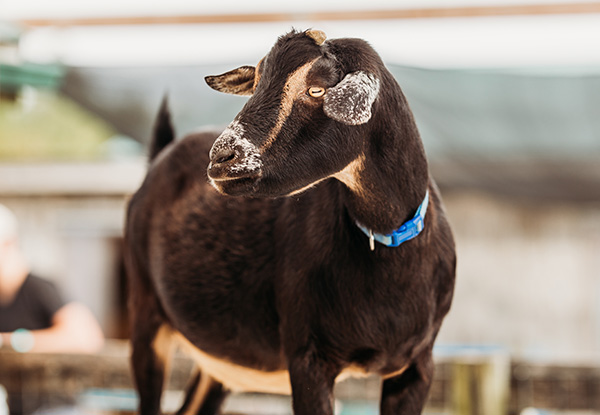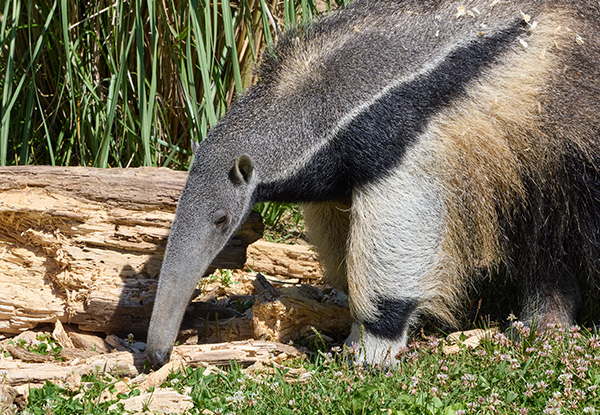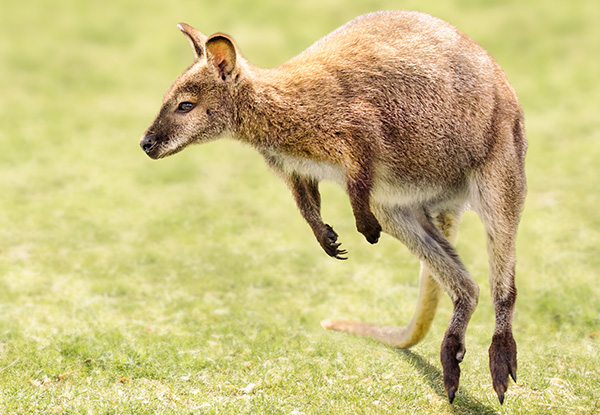Meet unique animals from around the world at the Creation Zoo! It’s fun for all ages and provides biblical teaching on godly environmental stewardship. All zoo activities and habitats are included with Creation Museum admission. Check the daily schedule for hours.
Zoo Activities and Habitats

Animal Encounters
Meet our zoo’s animal ambassadors during shows at the Wonders of Creation Stage or in Eden Teaching Center Classrooms, offered on select dates. From tarantulas to snakes to an armadillo, you never know what critters you’ll see! Check your daily schedule for times and show themes.
Learn More
Butterfly House
Stroll through hundreds of beautiful butterflies and mesmerizing moths in our Butterfly House! Learn about the miracle of metamorphosis and how it parallels the gospel message.
Seasonal: Late Spring–Early Fall
Learn More
Farmyard
Meet a variety of farmyard friends including alpacas, donkeys, pigs, and more! During select times, guests can interact with our friendly goat herd in their habitat. They enjoy interacting with children and adults of all ages.
Learn More
Keeper Chats
Learn about the behavior and personalities of our amazing animals from our knowledgeable zoo staff. Watch training sessions, observe playtimes, or interact with animal ambassadors. Get your questions answered and take some great photos!
Learn More
South America
Travel to South America and meet some unique mammals and birds from this mysterious continent. From high in the trees to down on the ground, these habitats highlight the variety of life south of the US border.
Learn More
Wallaby Walkabout
Hop on by the Wallaby Walkabout for up-close animal interactions! During select times, you will be able to walk through this habitat to see marsupials, giant tortoises, and more with no barriers.
Learn More